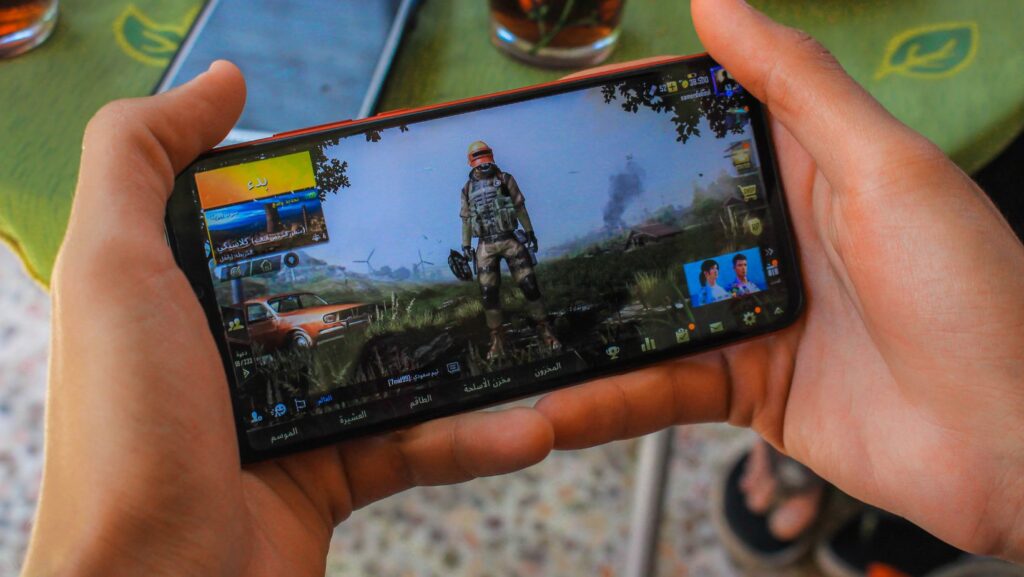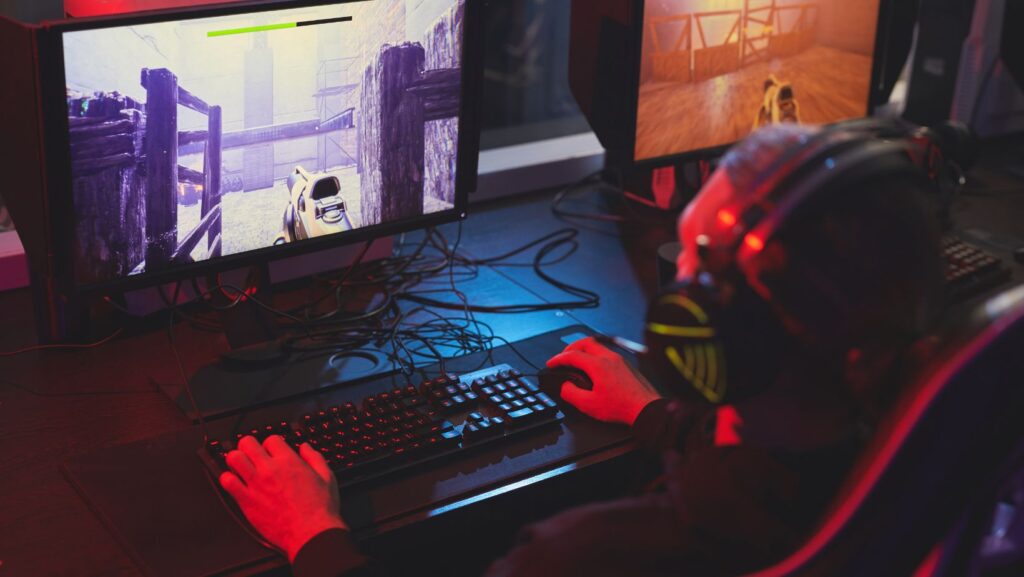Dive into the fascinating world of video game creation with Infinite Craft. This dynamic platform offers a canvas for game enthusiasts to bring their dream games to life. It’s not just a game – it’s a tool for creativity, innovation, and endless fun.
Infinite Craft is a haven for aspiring game developers, offering a myriad of features to design, build, and customize unique gaming experiences. Whether you’re a seasoned developer or a beginner, there’s a whole universe to explore and create within Infinite Craft.
This article will provide insightful tips and step-by-step guidance on how to make video games in Infinite Craft. So, buckle up and get ready to transform your gaming ideas into reality.
How to Make Video Games in Infinite Craft
 Infinite Craft, a powerhouse for video game development, inspires creativity and innovation. Providing an array of tools for both novices and experts, it’s a platform which embodies revolution in the world of game design.
Infinite Craft, a powerhouse for video game development, inspires creativity and innovation. Providing an array of tools for both novices and experts, it’s a platform which embodies revolution in the world of game design.
In fundamental terms, Infinite Craft offers a comprehensive toolkit for game development. It integrates features designed to ease the process of game creation. An intuitive interface paves the way for seamless navigation, supplemented with a coding editor that incorporates visual scripting for those less familiar with coding language. Its 3D modeler and bespoke animation tools add value to gaming aesthetics. A critical addition, the integrated physics engine brings games to life by simulating realistic interactions.
Streamlining game design, Infinite Craft proposes simple strategic steps. The inception of any game begins with formulating an idea, a concept which provides the foundation for the gameplay. By creating a storyboard, one can visualize the narrative and the flow of in-game objectives. With the framework laid out, next comes the creation of characters and game environment using the 3D modeling tool, followed by the implementation of game actions via the coding editor. Infinite Craft’s built-in play testing feature enables developers to test and enhance the mechanics continually. From a simple idea to a well-executed game, achieving this transition becomes a possibility through Infinite Craft’s structured process and intuitive tools.
Planning Your Game
 The crafting of a video game in Infinite Craft involves keen planning, setting in place defined objectives and goals, and intricate level designing.
The crafting of a video game in Infinite Craft involves keen planning, setting in place defined objectives and goals, and intricate level designing.
When forming a game on Infinite Craft, clear objectives and goals form the crux of game planning. They provide a road-map to the game’s development, giving guidance from initial concept right through to final execution. For instance, an objective might include creating a game with 20 challenging levels unraveled by a compelling storyline.
Designing Game Levels
Designing intricate game levels in Infinite Craft presumes an understanding of the game objectives and the overall narrative. Each level involves different components such as setting, 3D modeling, physics-based puzzles, or combat sequences, all creating a differentiated gaming experience. For example, a game level might be set in a dystopian future, requiring the player to solve a series of physics-based puzzles to progress. The beauty of Infinite Craft lies in its flexibility, where game designers are not limited in their creative expression, with each level being as simple or as complex as the narrative demands.
Developing the Game
 Transitioning from the planning stage, we now move to the hands-on phase of developing a game on Infinite Craft. This creative process encompasses crafting environments and implementing mechanics to bring gameplay to life.
Transitioning from the planning stage, we now move to the hands-on phase of developing a game on Infinite Craft. This creative process encompasses crafting environments and implementing mechanics to bring gameplay to life.
Crafting immersive environments lies at the heart of game development. Infinite Craft’s toolkit brims with comprehensive features for this. Creators make use of the platform’s 3D modeler and bespoke animation tools to flesh out environments, from the broad topography to small artifacts.
Each defined environment incorporates a unique mix of visual elements, spatial compositions, and atmospheric elements tuned to the narrative thrust. Expect to find developers creating dense forests, expansive cities, claustrophobic spaceships, or peaceful countrysides. The platform caters to the gamut of creative possibilities, shaping the created world to reflect the game objectives precisely.



